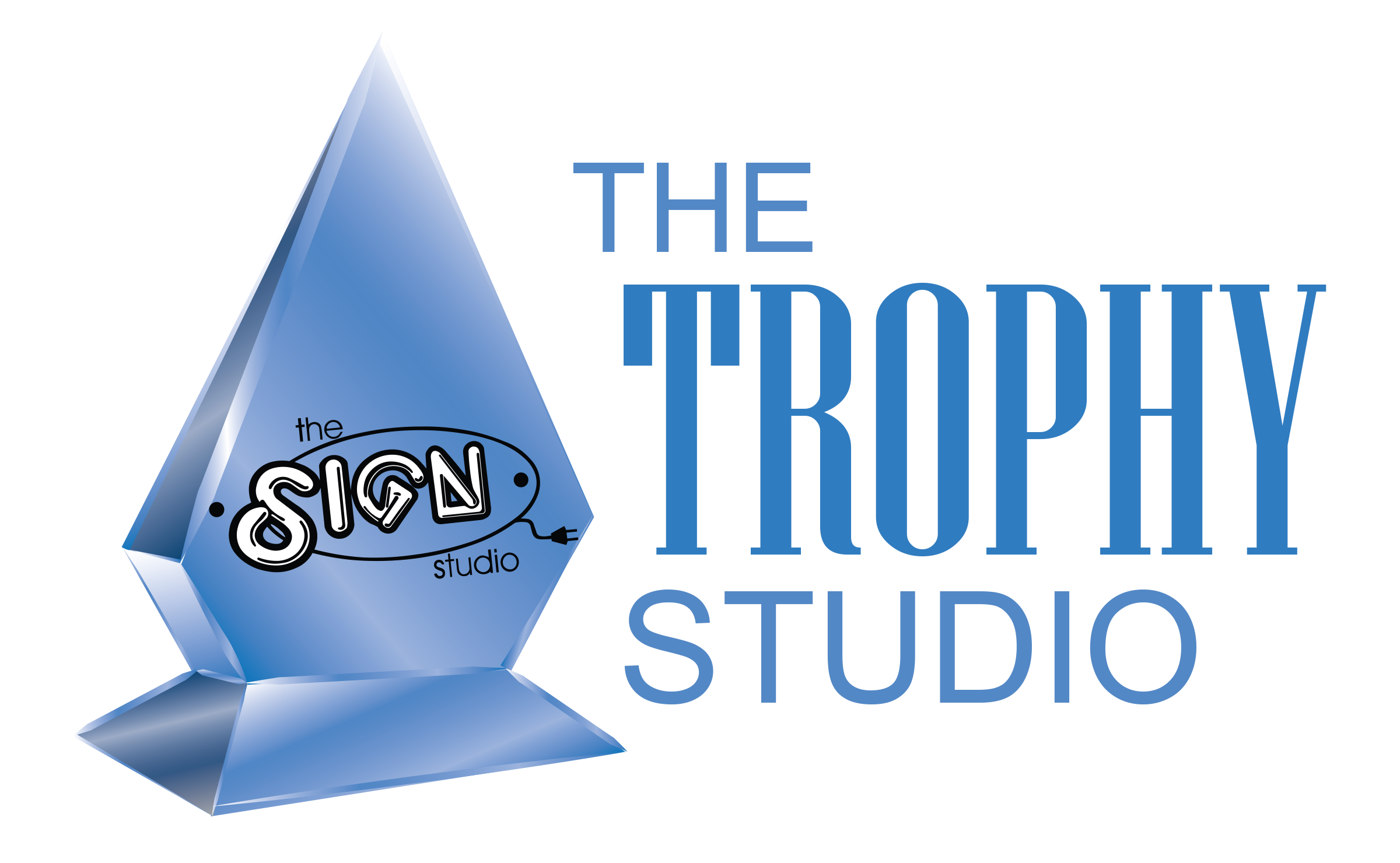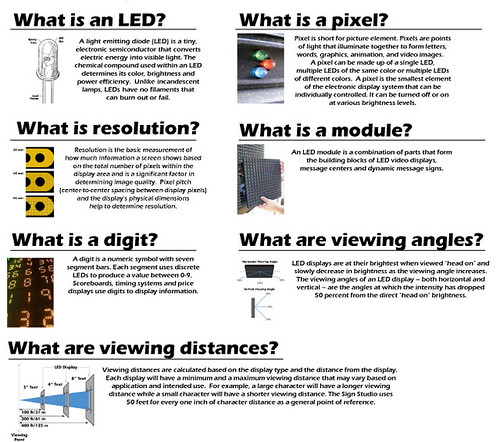OUTLINE ON THE VEHICLE WRAP INDUSTRY
Is the World of Vehicle Wraps complicated? Is this something you want to get into or would you rather hire an experienced professional Sign Company to do your vehicle advertising for you?
VEHICLE WRAPS OUTLINE
PARTIAL & FULL VEHICLE WRAPS/GRAPHICS HAVE BECOME A COST-EFFECTIVE MEANS OF ADVERTISING:
• Full and partial vehicle wraps have become a cost-effective means of advertising. Vehicle wraps can be a creative business endeavor with a Vehicle Wraps Summary.
• Vehicle wraps can be a creative business endeavor with a reasonable potential for profit.
• Establishing a wraps business requires investments in equipment, supplies, shop space, education and time.
• Wraps production process involves design, print and installation.
• The learning curve is significantly less with a background in graphic arts, web design, wide-format printing or advertising.
• Specific wraps training is available at various locations and industry trade shows, as well as from equipment and vinyl manufacturers and experienced professionals. Training involves design and layout, basic procedures and various methods and approaches of the installation process, followed by practice and individual experimentation.
• Equipment:
• Computer
• Suitable graphics software
• Inkjet printer
• Laminator
• Squeegee and miscellaneous hand tools
• Supplies
• Media (predominantly vinyl, but advances are being made in other materials)
• Laminate
• Ink
• Popular installed digital inkjet printing equipment:
• Roland VP-540 54"
• Mimaki JV33-160 64"
• Mutoh ValueJet 64"
• HP 9000s 64"
• Roland SP-540V
• Mimaki JV3 54"
• Laminator Choices
• Laminator should be at least the same size as the printer to completely laminate the vinyl.
• Laminator manufacturers:
• AGL
• Neschen/Seal
• LEDCO
• GBC
• Ink Choices
• Solvent inks
• Mild solvent inks
• UV-curable inks
• Vinyl Choices
• Specialized products are manufactured for wrap applications
• Evaluate consistency, quality, durability, performance, cost, compatibility and removability.
• Check reports and reviews about issues with bubbling, printing and cracking.
• Evaluate vinyl manufacturer’s warranty
• Avoid calendared vinyl
• Experiment with matte or reflective vinyl.
• Manufacturers of vinyl wrap media:
• 3M
• Arlon
• Avery
• LG Hausys
• Mactac
• Oracal
• Pricing Guidelines
• Costs of equipment and materials as well as rent, labor, taxes and insurance expenses must be factored into the overall pricing method.
• Other pricing factors: square footage of material; design and production time; installation time; customer’s budget.
• Price wraps to be competitive, yet profitable.
• Market pricing largely dictates prices
• Key is to run the operation efficiently.
• Consider overhead costs.
• The design setup is a separate charge.
• Print setup may be a separate charge.
• Installation may be a separate charge.
• Pricing software helps automate estimating, but it’s important to account for vehicle square footage, material type and other variables.
• Educate customers and potential customers regarding:
• What is the wrap going to advertise?
• Investment cost per month and comparative value to billboard or Yellow Pages
• Work within a realistic customer budget.
• Consider partial wrap alternatives for smaller budgets.
• Inform customer about the expected life of the media and your company's policies about the wrap media warranty.
• Present your customer with a wrap “care sheet”
• Wrap Production Workflows:
• Evaluate the vehicle
• Inspect the paint
• Assess body contours and accessories
• Photograph and measure the vehicle
• Take direct shots (not at angles) to help accurately scale the graphics
• Photograph each side, hood, rear, roof and bumpers
• Measure exact height and width of sides, hood, rear, roof and bumpers
• Determine installation requirements. Consider extreme curves, rivets, door handles and other protruding parts that impact the amount of materials involved in printing and installation time.
• Design around extreme areas to save time on installation.
• Secure signed approval and deposit before printing and installation.
• Quality of printing and lamination is critical.
• Install without noticeable seams, bubbles or other imperfections.
• Many available wrap media products can be repositioned for best visual alignment and to help remove bubbles during installation.
• An attractive wrap is also an advertisement for your business.
• Establishing a wraps business requires investments in equipment, supplies, shop space, education and time.
• Wraps production process involves design, print and installation.
• The learning curve is significantly less with a background in graphic arts, web design, wide-format printing or advertising.
If you have any questions, please feel free to call us at (818) 843-9200 or send us an e-mail at thesignstudio@sbcglobal.net.
NEED QUOTE









